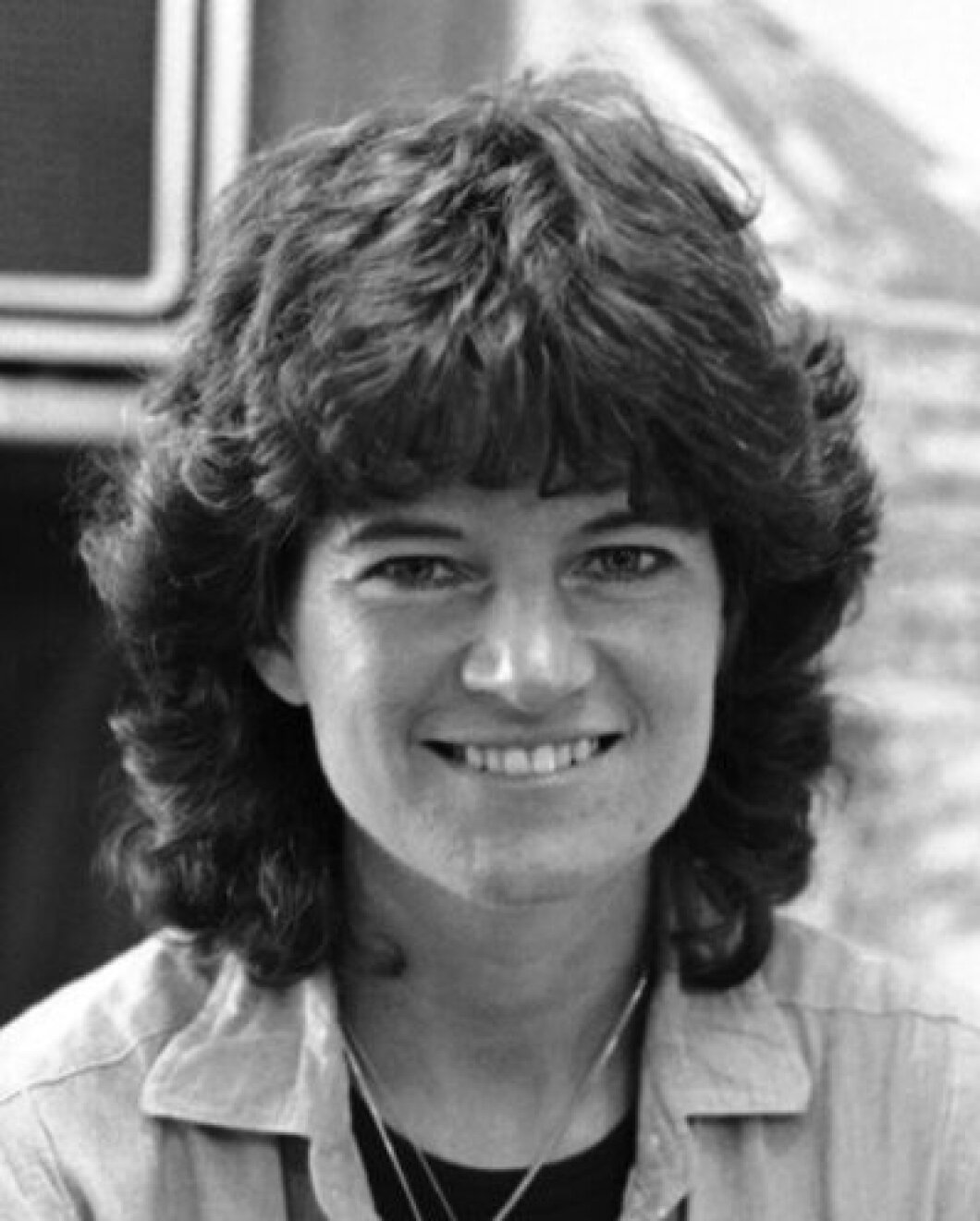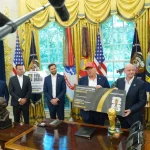
Sally Ride became the first American woman in space on June 18, 1983, breaking barriers for women to pursue careers in STEM fields.
On the 40th anniversary of Ride’s historic flight into space, her legacy has had lasting effects on improving science education and helping young women embrace an interest in space-related studies.
GAS PRICES TODAY: WHERE TO FIND THE CHEAPEST FUEL ACROSS THE COUNTRY
Ride served as a mission specialist aboard the Space Shuttle Challenger, which launched from the Kennedy Space Center in Florida in the early ’80s, making her the third woman overall in space. During the six-day mission, Ride worked to deploy two communications satellites and made a number of scientific observations and tests. According to NASA, Ride completed the successful STS-7 mission with four male crewmates.
A Los Angeles, California, native, Ride graduated with a bachelor’s degree in physics and English from Stanford University in 1973. Ride obtained a total of four degrees from Stanford University, including a master’s degree in physics in 1975 and a doctorate in astrophysics in 1978.
NASA opened its applications for women seeking to travel in space for female scientists and engineers, and Ride applied while completing her Ph.D. Ride was one of five other women selected by the space agency to join a group of new astronaut trainees, according to UC San Diego.

Ride joined NASA‘s first class to include women in 1978 and trained for years before taking part in the Challenger mission in 1983. NASA explained that several experiments were completed during the mission, including examining the colonies of ants to observe social behavior in zero gravity. Other experiments Ride took part in were testing metal alloy formations and operating a remote sensing scanner.
“The fact that I was going to be the first American woman to go into space carried huge expectations along with it,” Ride said in an interview honoring the 25th anniversary of her first ride, published by NASA in 2008.
“On launch day, there was so much excitement and so much happening around us in crew quarters, even on the way to the launch pad,” Ride said. “I didn’t really think about it that much at the time … but I came to appreciate what an honor it was to be selected to be the first to get a chance to go into space.”
Ride completed a second Space Shuttle mission in 1984. Deploying from the Earth Radiation Budget Satellite, the crew of seven made observations to advance satellite refueling techniques during an eight-day mission. One other woman astronaut, Kathryn Sullivan, was aboard the spacecraft. Sullivan became the first American woman to walk in space during that mission, which deployed the Hubble Space Telescope, according to UC San Diego.
Ride stepped down from her role at NASA in 1987, working as a professor of physics at the University of California, San Diego. Ride founded Sally Ride Science in 2001, a nonprofit organization dedicated to assisting young women pursue STEM careers and advance their mathematical, scientific, and engineering skills.
CLICK HERE TO READ MORE FROM THE WASHINGTON EXAMINER
In 2012, the trailblazer astronaut died from pancreatic cancer in San Diego, California, at the age of 61.
Forty years after her historic space shuttle missions, Ride’s work as an astronaut and advocacy for STEM education continues to set an example for generations of young people who aim to have a career in space exploration.





